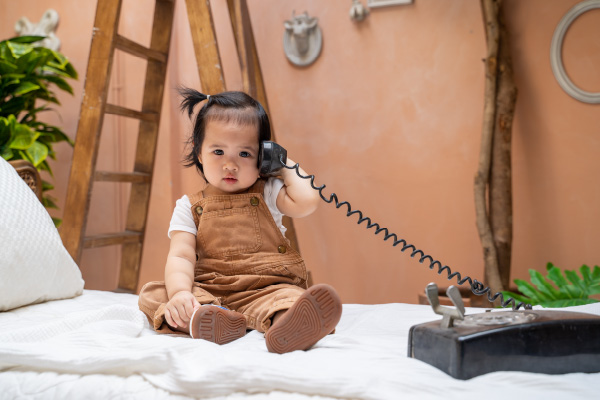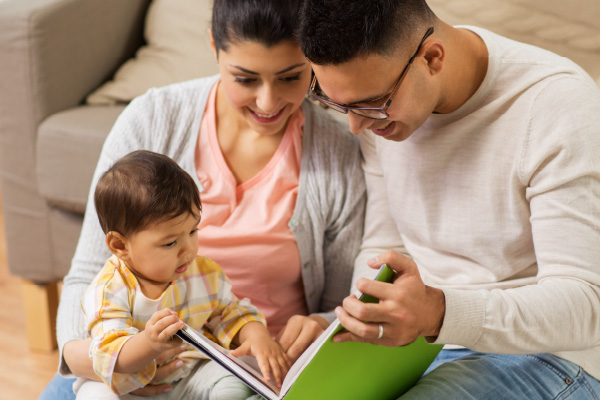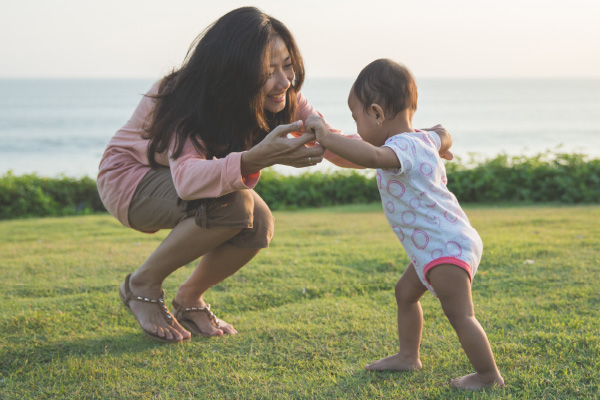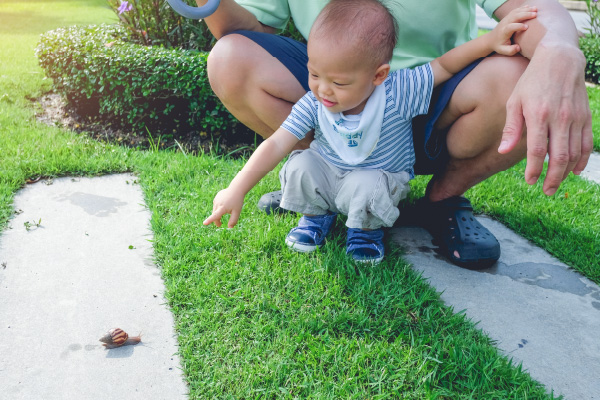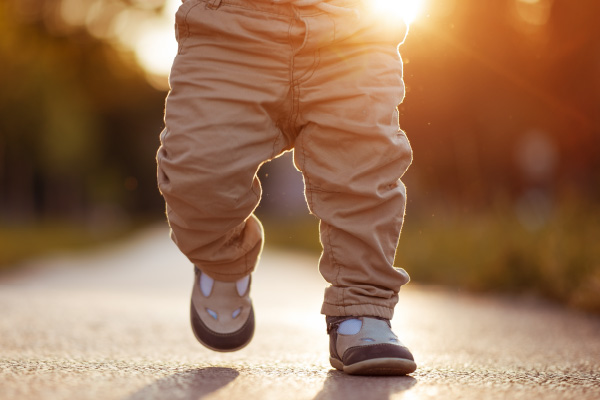
Your baby’s first steps are a beautiful moment that you eagerly await in their first year. As exciting as it is, those first steps also herald a significant milestone in cognitive and physical development. If your little one is showing signs of walking – for example, pulling themselves up to stand – but hasn’t taken those all-important first steps alone yet, you may want to know how to encourage your baby to develop skills to walk.
Baby's cognitive ability and function
The various forms of movement your little one exhibits from birth are all important signs that cognitive and physical development is taking place.1 For example, your infant's neck muscles need to be strong enough for him/her to raise his/her head and eventually move it from side to side during tummy time. Similarly, your baby's core has to be strong for rolling over to occur.
As your little one builds on each skill, advancing to the next, physical and cognitive development become increasingly linked. Hand-eye coordination1 is a good example of this. In simple terms, this helps your baby use his/her hands based on what he/she sees, for example, reaching out to hold his/her favourite toy or bringing food or a spoon to his/her mouth. At a more complex level, hand-eye coordination also involves cognitive skills - the eyes first identify the details of the task and carry this information to the brain; the brain processes this information and sends instructions to the hands, which then perform the task.
With increased mobility such as crawling and standing, the brain continues to help coordinate and fine-tune your baby's movements. As such, his/her rapidly developing brain plays a vital role when it comes to taking those monumental first steps.
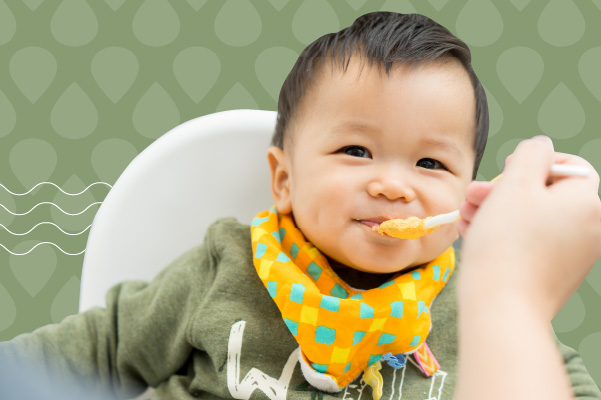
When do babies start walking?
Some babies take their first steps before they turn one, but others may start walking after their first birthday, around 14 or 15 months.2 Often, little ones will take a few wobbly steps on their own after they start cruising (holding objects and “walking”) at around 9 or 10 months old. Their personality may also influence when they take those first steps: a confident little daredevil may boldly take a few steps, while a baby who is shy by nature might take longer to gain the confidence to walk.2
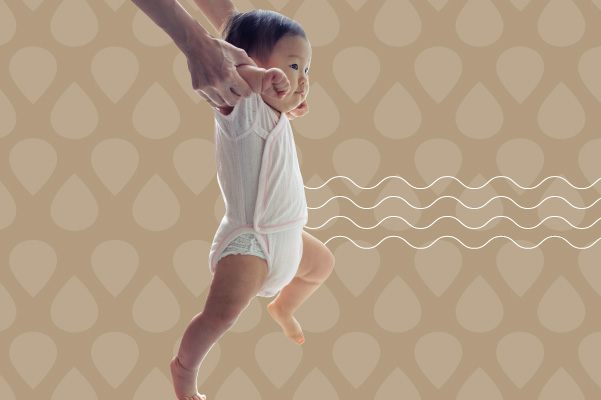
In general, your child will take their first steps when he/she is developmentally ready for it in terms of gross motor skills and cognitive development. Research3 reveals that when a child is around 12 months old, the “wiring” in his brain is related to walking changes. Specifically, “stronger connections between the brain’s motor and default-mode networks were associated with better walking and gross motor skills.” Dr. Natasha Marrus, a lead researcher in the study explained that walking involves a “big breakthrough” in gross motor skills where one foot needs to be placed in front of the other. The child has to balance, too. At the same time, your little one has to think about where exactly he/she needs to place his/her feet. In other words, the brain and the body need to work in sync.
By knowing how to train your baby to walk safely while nurturing cognitive skills at the same time, you could help your little one to achieve that magic milestone confidently.
Activities to encourage walking
Keeping in mind that you should never force your baby to walk before they are ready for it, one of the best ways to encourage those first steps is to simply allow your child plenty of opportunities to practice those gross motor skills. This could be at home in a baby-proofed space, or outside under your careful supervision.
Here are some other ways to help your little one to take those cute baby steps:
Even as you encourage your baby’s first steps, remember to babyproof your home so that your little one has a safe space to practice their skills. If your child is not able to walk by 18 months, you should consult a paediatrician for advice.
References:
1 Rizzo, J. et al. The complexity of eye-hand coordination: a perspective on cortico-cerebellar cooperation. Cerebellum Ataxias. Published on 20th November 2020. Accessed on 23rd March 2022 fromhttps://pubmed.ncbi.nlm.nih.gov/33292609/
2 Nemours KidsHealth. Movement, Coordination, and Your 1- to 2-Year-Old. Reviewed in June 2019. Accessed on 23rd March 2022 from https://kidshealth.org/en/parents/move12yr.html
3 Dryden, J. Brain networks that help babies learn to walk ID’d. Washington University School of Medicine in St. Louis. Published on 7th December 2017. Accessed on 23rd March 2022 from https://medicine.wustl.edu/news/brain-networks-help-babies-learn-walk-idd/
4 McCarthy, C. Parents: Don’t use a baby walker. Harvard Health Publishing. Published on 18th September 2018. Accessed on 23rd March 2022 from https://www.health.harvard.edu/blog/parents-dont-use-a-baby-walker-2018092714895













